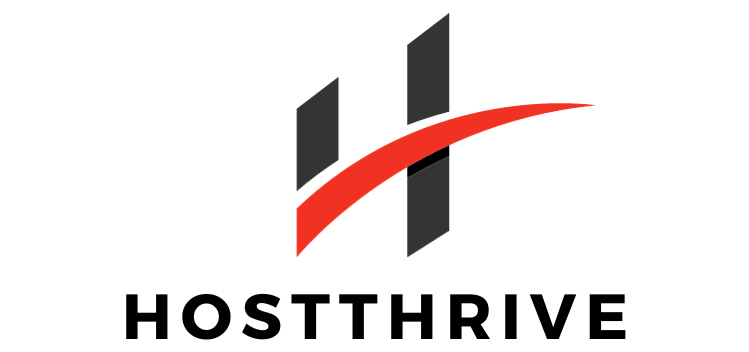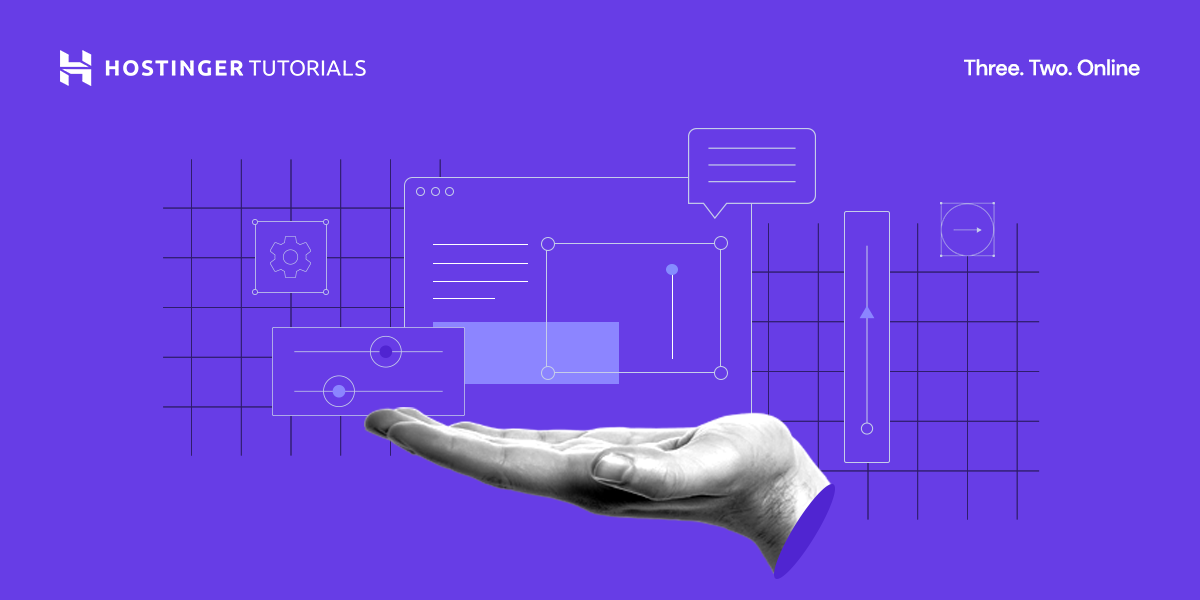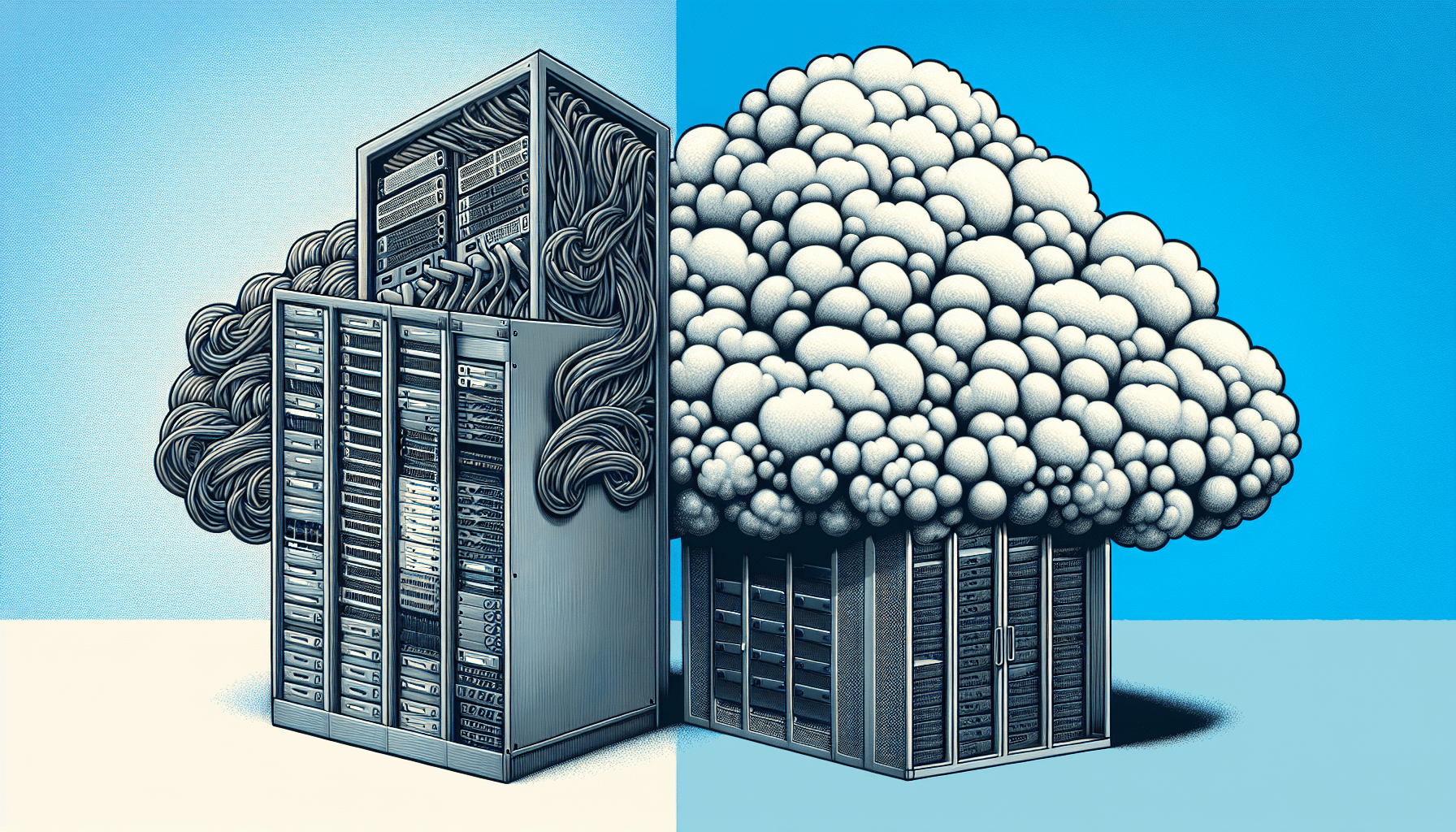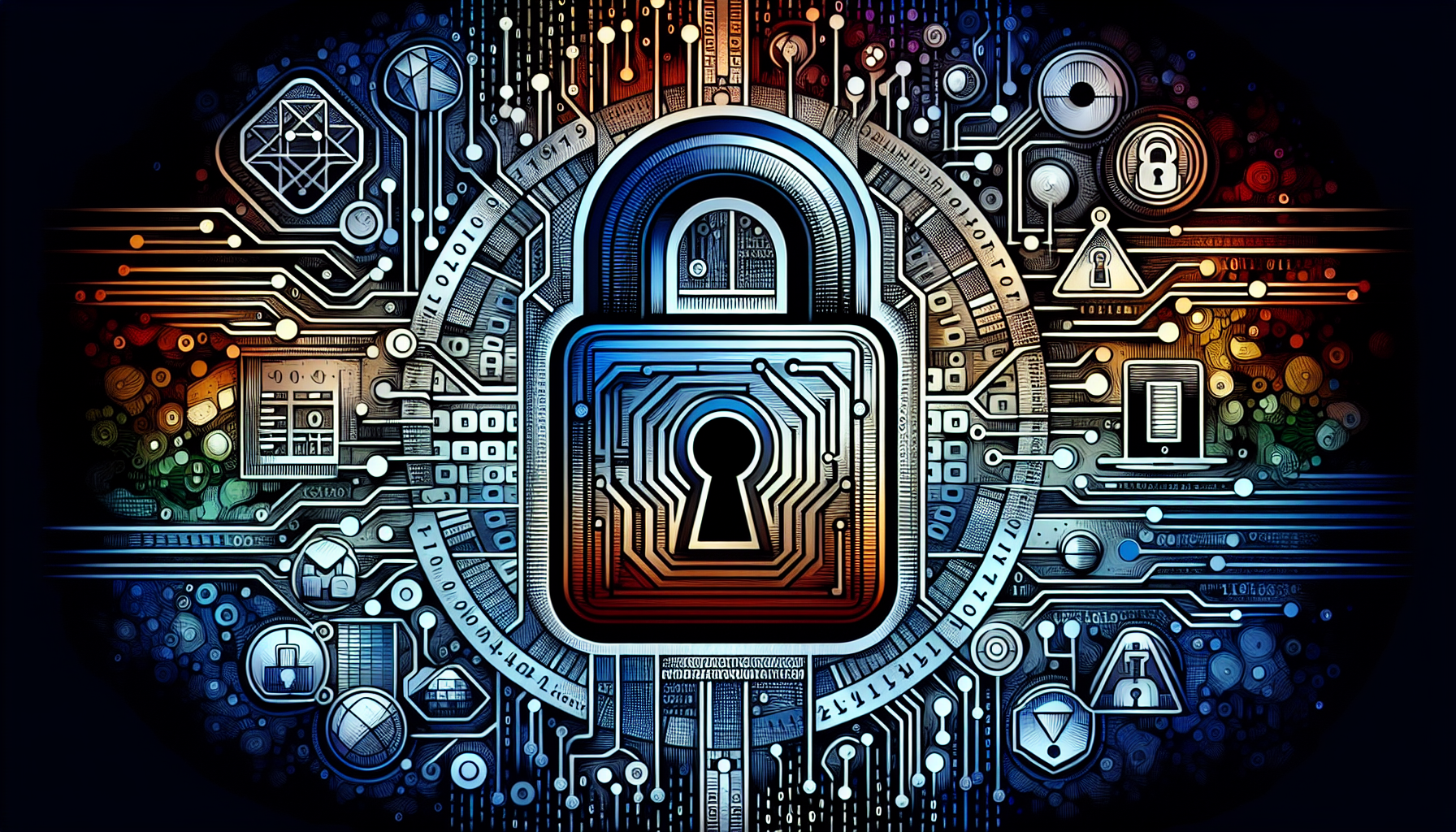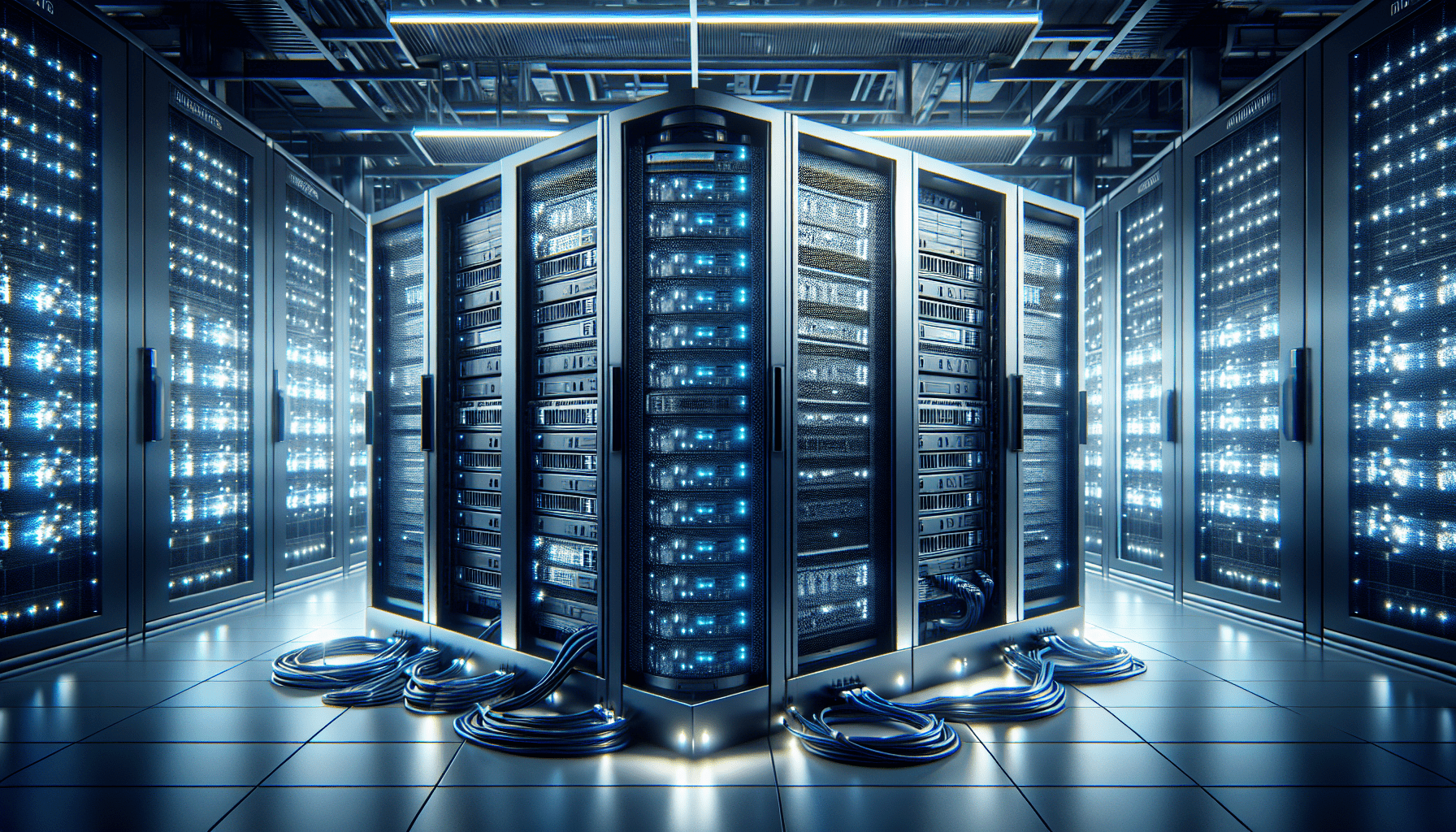Introduction
When it comes to hosting websites, it’s crucial to ensure that your hosting environment is secure against malware. Malware can do serious damage to your website and compromise the integrity of your data. In this article, we will discuss the various ways you can secure your advanced hosting environment against malware, so you can have peace of mind knowing that your website is safe.
Understanding Malware and Its Threats
Malware, short for malicious software, is a type of software designed to disrupt, damage, or gain unauthorized access to a computer system. Malware comes in many forms, including viruses, worms, ransomware, spyware, and trojans. These malicious programs can steal sensitive information, corrupt files, and even render your website unusable.
Implementing Strong Password Policies
One of the simplest yet most effective ways to protect your hosting environment from malware is by implementing strong password policies. Ensure that all users have complex passwords that include a mix of letters, numbers, and special characters. Regularly remind users to change their passwords and avoid using the same password for multiple accounts.
Best Practices for Creating Strong Passwords
Creating strong passwords is essential for protecting your hosting environment. Encourage users to create passwords that are at least 12 characters long and include a mix of uppercase and lowercase letters, numbers, and special characters. Avoid using easily guessable information such as birthdays or names.
Enforcing Multi-Factor Authentication
In addition to strong passwords, consider implementing multi-factor authentication (MFA) for an extra layer of security. MFA requires users to provide two or more verification factors before gaining access to their accounts. This could be a code sent to their phone or a fingerprint scan.
Keeping Software Up to Date
Keeping your hosting environment software up to date is crucial for preventing malware attacks. Hackers often exploit vulnerabilities in outdated software to gain unauthorized access to websites. Regularly check for updates to your operating system, web server, content management system, and plugins.
Importance of Regular Updates
Updates often contain security patches that fix vulnerabilities that could be exploited by malware. By keeping your software up to date, you can ensure that your hosting environment is protected against the latest threats. Set up automatic updates whenever possible to minimize the risk of missing a crucial update.
Securing File Uploads
File uploads are a common entry point for malware attacks. Hackers can upload malicious files disguised as harmless documents, images, or videos to your website. Implement security measures to scan and filter file uploads for malware before they are stored on your server.
Using File Upload Restrictions
Set restrictions on the types of files that can be uploaded to your website. Allow only necessary file types such as images, PDFs, and documents while blocking executable files like .exe and .php. Consider using file upload scanners that can detect and remove malware before it reaches your server.
Regular Backups of Your Website
Regularly backing up your website is essential for recovering from a malware attack. In the event of a breach, you can restore your website to a clean state without losing valuable data. Implement automated backup solutions that store copies of your website offsite in a secure location.
Frequency of Backups
Determine how often you need to back up your website based on how frequently your content is updated. For high-traffic websites with regular updates, consider daily backups. For static websites that are updated less frequently, weekly backups may be sufficient.
Testing Backup and Restore Processes
Regularly test your backup and restore processes to ensure that they are working properly. Verify that you can successfully restore your website from a backup and that all data is intact. Practicing disaster recovery scenarios can help you respond quickly in the event of a malware attack.
Monitoring Website Traffic and Activity
Monitoring your website traffic and activity can help you detect and respond to malware attacks in real-time. Use security tools to track user behavior, monitor server logs, and identify suspicious activity that could indicate a malware infection. Set up alerts for unusual login attempts, file modifications, and unauthorized access.
Using Security Monitoring Tools
Implement security monitoring tools that can provide real-time alerts for potential security incidents. These tools can help you identify and respond to malware attacks before they cause significant damage to your website. Regularly review security logs and investigate any anomalies.
Limiting User Permissions
Limiting user permissions is an essential security measure to prevent malware attacks. Restrict access to sensitive files and directories to only authorized users who need them. Avoid giving users unnecessary privileges that could be exploited by malware to gain access to critical parts of your hosting environment.
Principle Of Least Privilege
Follow the principle of least privilege when granting user permissions. Only give users the minimum level of access required to perform their job duties. Regularly review user permissions and revoke access for users who no longer need it. Consider creating separate accounts for administrative tasks to minimize the risk of malware infections.
Conducting Regular Security Audits
Regular security audits can help you identify and address vulnerabilities in your hosting environment before they are exploited by malware. Conduct thorough assessments of your website’s security controls, configurations, and access privileges. Work with security experts to perform penetration testing and vulnerability scans.
Benefits of Security Audits
Security audits can provide valuable insights into the overall security posture of your hosting environment. By proactively identifying weaknesses and addressing them, you can minimize the risk of malware attacks and data breaches. Regular security audits demonstrate a commitment to cybersecurity and help you comply with industry regulations.
Educating Users About Cybersecurity
Educating users about cybersecurity best practices is crucial for preventing malware attacks. Train users on how to recognize phishing emails, avoid clicking on suspicious links, and report security incidents promptly. Provide resources such as security awareness training and guidelines for safe web browsing.
Importance of User Training
Users are often the first line of defense against malware attacks. By educating users about cybersecurity threats and best practices, you can empower them to make informed decisions that protect your hosting environment. Regularly remind users of the importance of security awareness and encourage them to report any suspicious activity.
Conclusion
Securing an advanced hosting environment against malware requires a multi-faceted approach that includes strong password policies, regular software updates, file upload restrictions, website backups, monitoring tools, user permissions, security audits, and user education. By following these best practices and staying vigilant against emerging threats, you can minimize the risk of malware attacks and keep your website safe and secure. By taking proactive steps to protect your hosting environment, you can focus on growing your online presence without worrying about cyber threats.
